Why Faucet leaking?
Did you know that for an average leaky faucet, wasted water from every drip boils down to 3,000 wasted gallons of water per year? Having to fix a leaky faucet can really be a pain in the neck.
You can’t help but worry about the wasted water and unnecessary spike in water bills, especially if you don’t know how to fix it yourself. But successfully fixing it can save you at least 10 percent off your water bills as stated by the U.S. Environmental Protection Agency.
But no worries as we’ve got your back. We’ve put together the most helpful and practical faucet repair guide to common faucet problems for you to better understand and diagnose your faucet’s health and provide the right treatment.
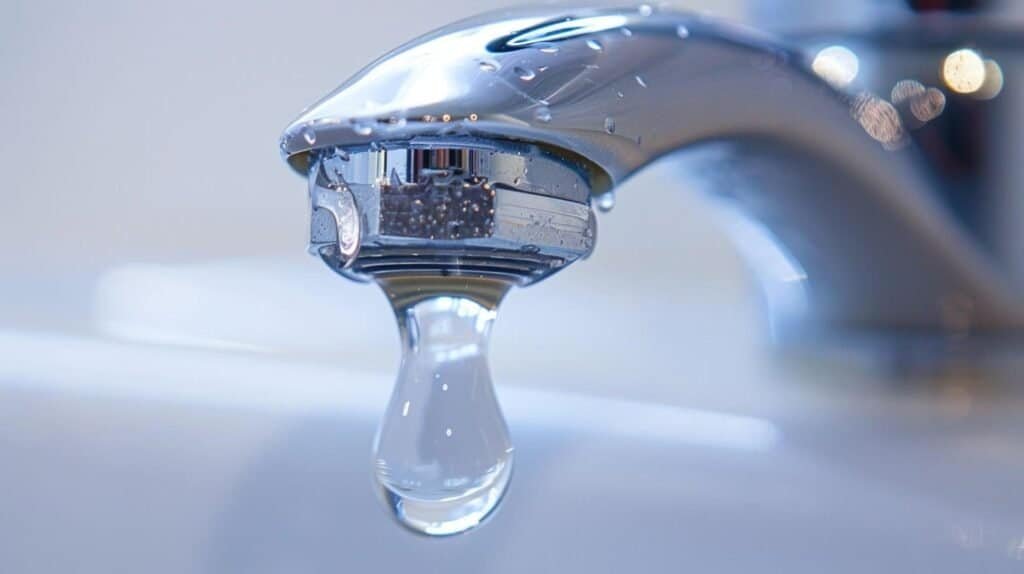
Common Causes of Faucet Leaks:
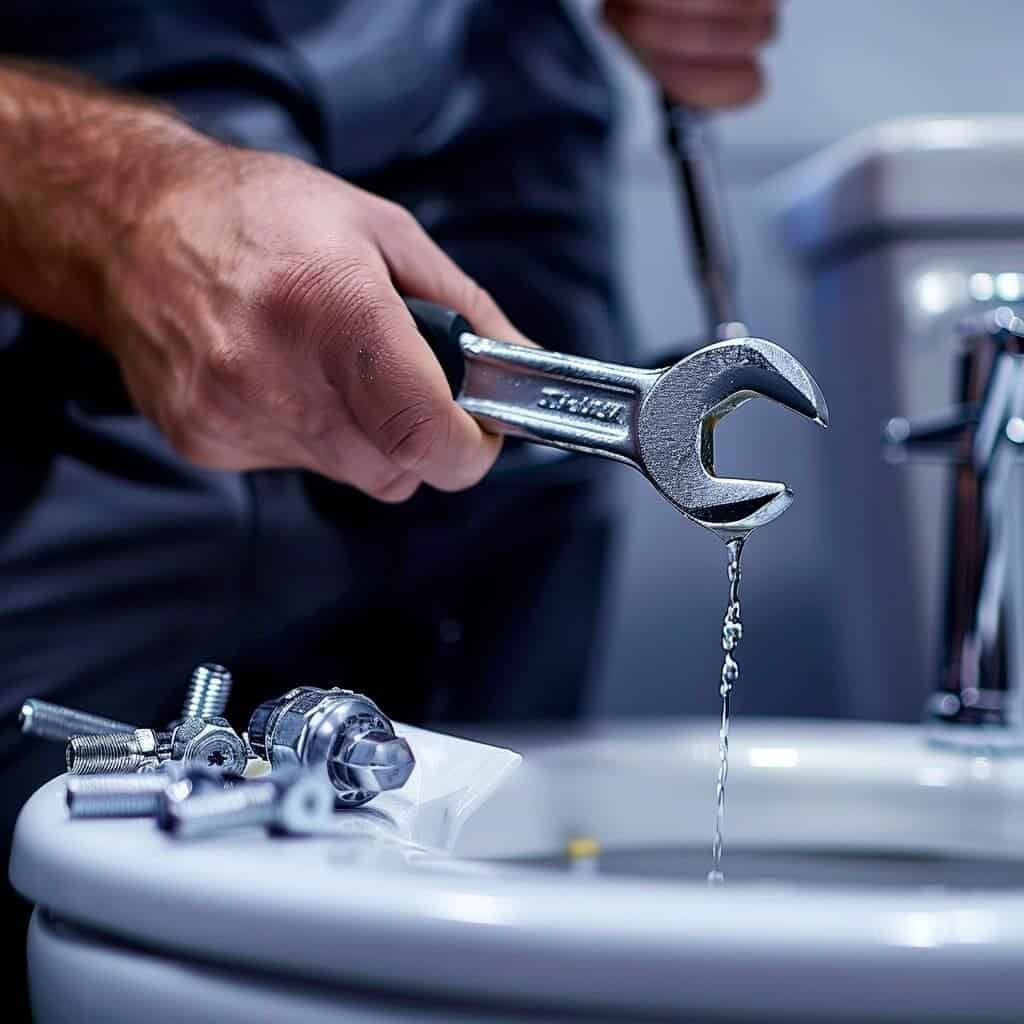
There are faucet leaking causes to watch out for. The most common faucet problems are:
1.1 Worn-Out Washers
The usual culprit of most dripping water faucets is a worn-out washer. When there is still a water leak coming out from the faucet spout even after it is turned off, it’s a clear sign that faulty rubber washers are the problem.
Faucets rely on a rubber washer to fasten the valve seat so when water turns on, the washer presses against the latter and causes friction. This can take its toll in the long run.
Other possible reasons why these washers wear out are the mineral buildup which corrodes the inlet and outlet seals, rubber seal, and outlet seals, and the wrong washer size that was installed.
1.2 O-Ring Issues
The small discs that keep the faucet handle in place usually loosen and wear out over time. Water seeps into disc faucets through the gaps causing the drips near the disc faucets handles.
Leaks at the base of the ball faucet or the disc faucet may be caused by the degrading of the O-ring due to hot and cold water mixing. Too much heat can cause the swelling of O-ring making it inflexible. On the other hand, cold temperatures can cause it to shrink leading to leaks.
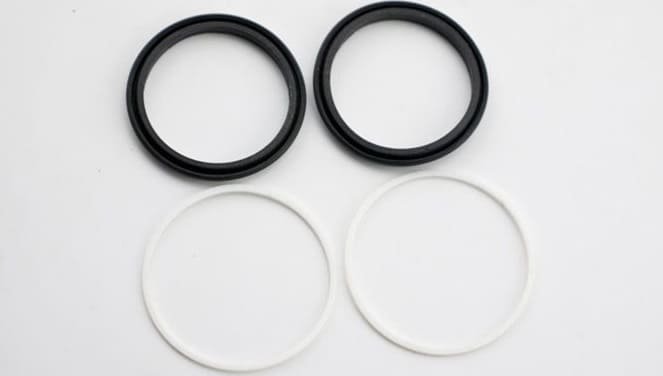
1.3 Corroded Valve Seat
The inner valve stem and seat that attaches the faucet to the sprout can cause valve seat corrosion and stem screw seat corrosion in no time because of the accumulation of water sediments made from minerals in water.
1.4 Loose Parts
With frequent use of cartridge faucet, parts of the faucet can become loose. This allows water leaks to happen at various points in the cartridge faucets and faucet assembly.
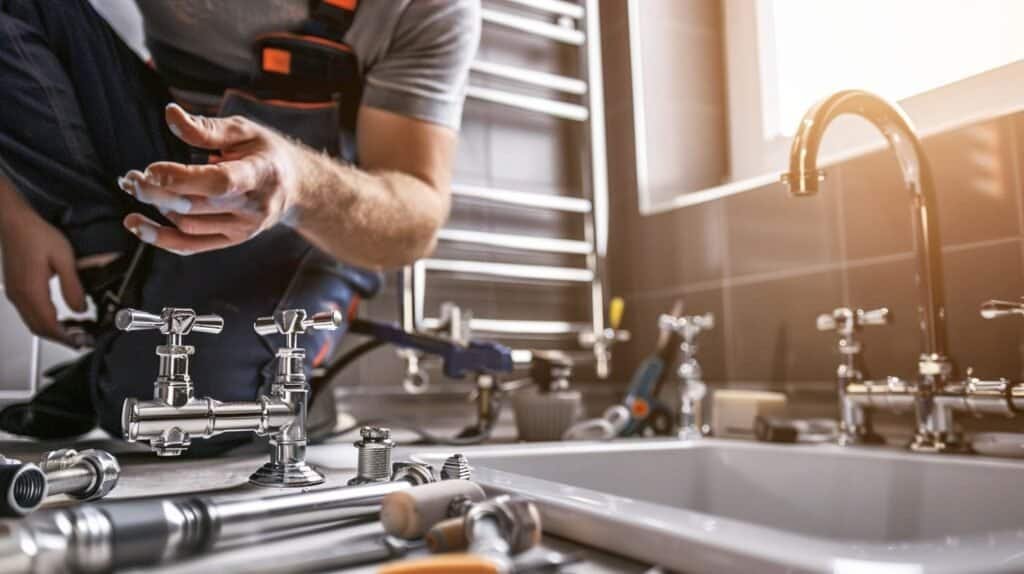
Consequences of a Leaky Faucet / Overview of potential issues:
2.1 Water Waste
Having leaky faucets can contribute to losing more water flow and can cost homeowners up to $200 per year and cracked pipes up to $600 per month. If water leaks are left unaddressed, it can contribute to high water bills.
Aside from that, unattended water flow loss can deplete local water supplies and contribute to global water shortage, forcing local authorities to decrease water consumption to preserve the supply. This can also pollute and lower the quality of water which can bring damage to the ecosystem.
2.2 Structural Damage
Gaps resulting from faucet dripping open up the water supply to more pollutants and hazardous chemicals causing damage to home structures. Water can seep into the crevices that can soften and rot wooden structures with time.
2.3 Mold and Mildew
Mold and mildew grow on moist and damp surfaces. Continuous leaks become a bed of mold and mildew causing water contamination and posing serious health risks for the family in the form of skin allergies, runny nose, sneezing, eye irritation, loose bowel movement, and asthma attacks.
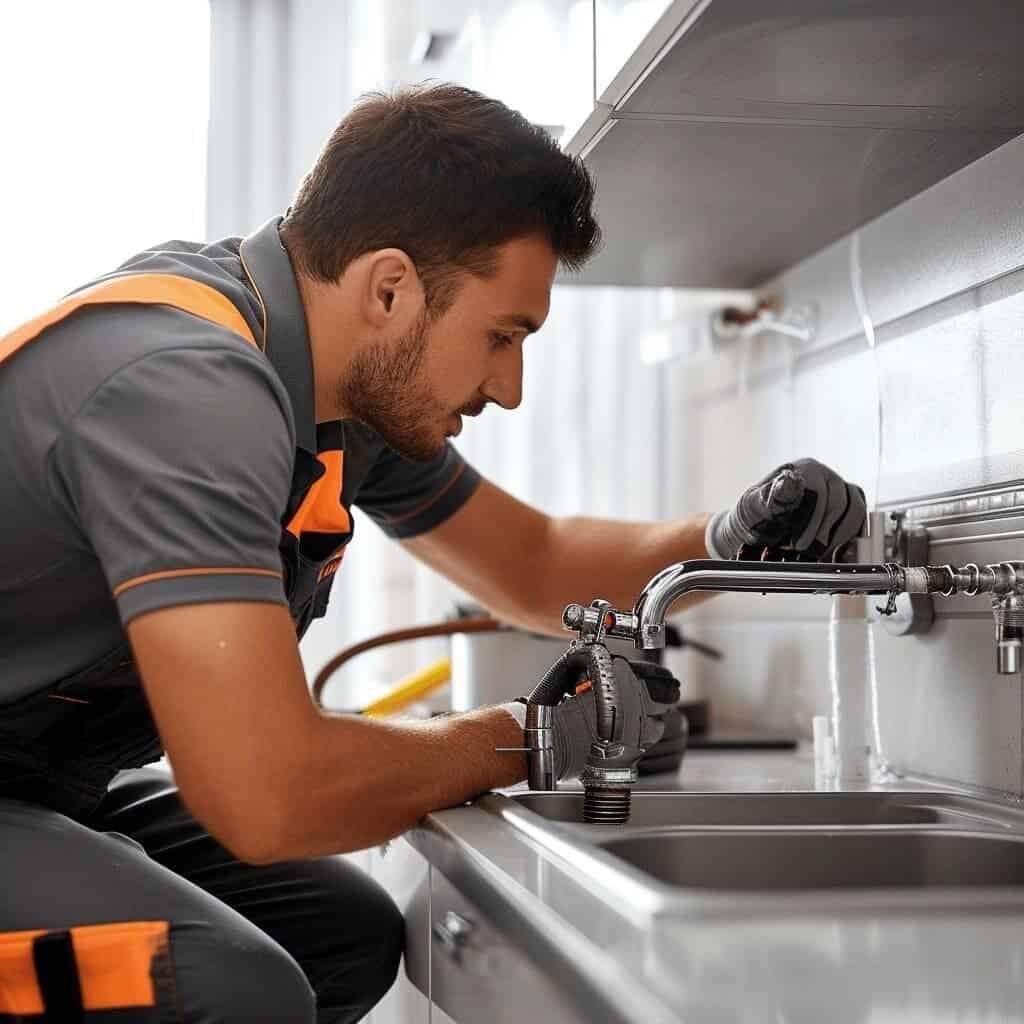
Diagnosing a Leaky Faucet
3.1 Listening for Drips
Detect leaks by listening for dripping sounds from the faucet. Also, look out for squeaky faucet handles which may indicate a worn-out faucet valve stem, that needs replacement.
The unusual sound could indicate that some parts relating to the control of the dripping faucet and water flow have started to deteriorate. So, to prevent further damage and costly repairs, early detection is best.
3.2 Visual Inspection
Check for any visible signs of why the faucet leaks. Fixing a dripping water or leaking faucet gives you the peace of mind that you are in control and not wasting money and resources.
Pay attention to which angle the water flows from the faucet. It can significantly reveal the source of the leak. Sometimes, there are water spots away most dripping faucets, from the sink due to splashing of leaky faucet.
These subtle signs can lead you to an early detection that your valve or washer needs to be replaced, saving you from more serious plumbing issues.
3.3 Touch Test
Manually go through the parts of the faucet with your fingers to see if there’s any moisture that you may need to fix. By doing the touch test, you can find traces of mineral deposits or corrosion on the faucet’s exterior. This could be indicative of the presence of tiny openings behind these corroded metal fixtures that may require further inspection for leaks.
Removing accumulations of debris in faucets if found is critical. These dirt and sediments can block the flow of water, putting extra stress on the joints and seals that can cause them to stop working and drip.
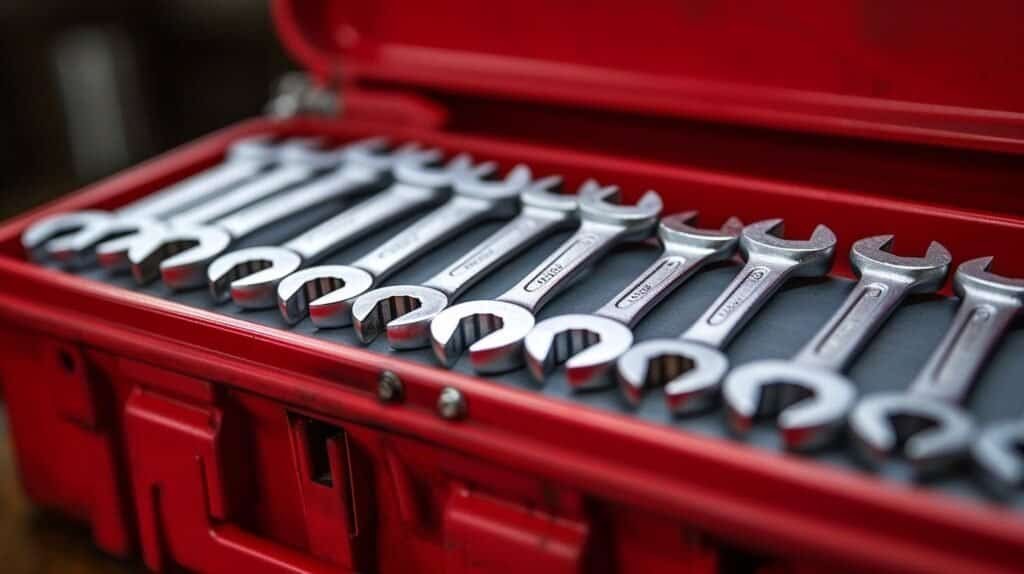
Fixing a Leaky Faucet
Fixing a dripping faucet sounds like a task destined to spiral into more troublesome home plumbing issues. So, here are general methods that bring clarity to repairing leaks.
4.1 Replacing Washers
Turn off the water supply before disassembling the parts of the faucet to avoid accidental flooding. The water supply valves are usually found under the sink. Turn the brass valve stem around it counterclockwise to shut off.
Carefully take out the faucet handle according to your faucet’s design.
Then, replace the worn-out washer with a new one in the correct size.
4.2 Fixing the O-Ring
Check if the leak is around the handle. This means you need to replace the O-ring. First, turn off the shutoff valves of the home’s water pressure and supply. Then, remove the handle and the old O-ring. Replace the O-ring with a new one and reassemble the parts.
4.3 Cleaning Valve Seats
A corroded valve seat needs to be cleaned. But if it is too corroded, it will need replacement. You must disassemble the faucet using a seat wrench to do a replacement.
4.4 Tightening Loose Parts
Carefully check all screws and nuts for any loose or broken parts. Secure everything to ensure that there will be no leaks. (Tip: Cover the bathroom sink drain cover with a rag so the tiny pieces won’t get lost while working on it.)
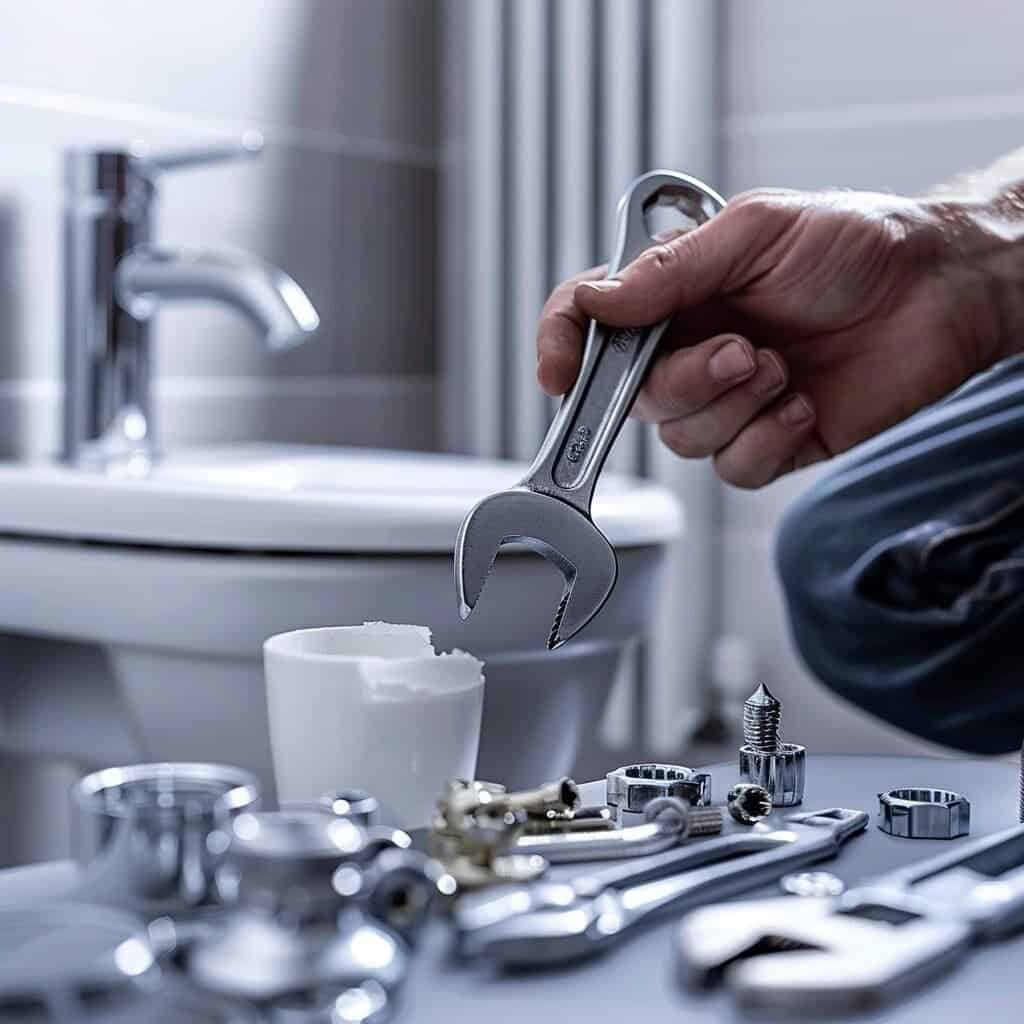
When to Call a Professional
If your faucet drip repair does not work, you may need to call for a professional plumber. There may be other faucet leaking causes that you have not seen.
It is better to seek professional help if the leak persists even after several attempts to fix it or if you can’t identify the root cause of the problem. Save yourself from unnecessary trouble and you can be confident that all parts are properly handled.
Preventing Future Leaks
Here are tips to prevent a faucet leak, which are commonly caused by pipe leaks that result in water damage within walls, underneath the faucet, under the house, or wherever the pipes are located.
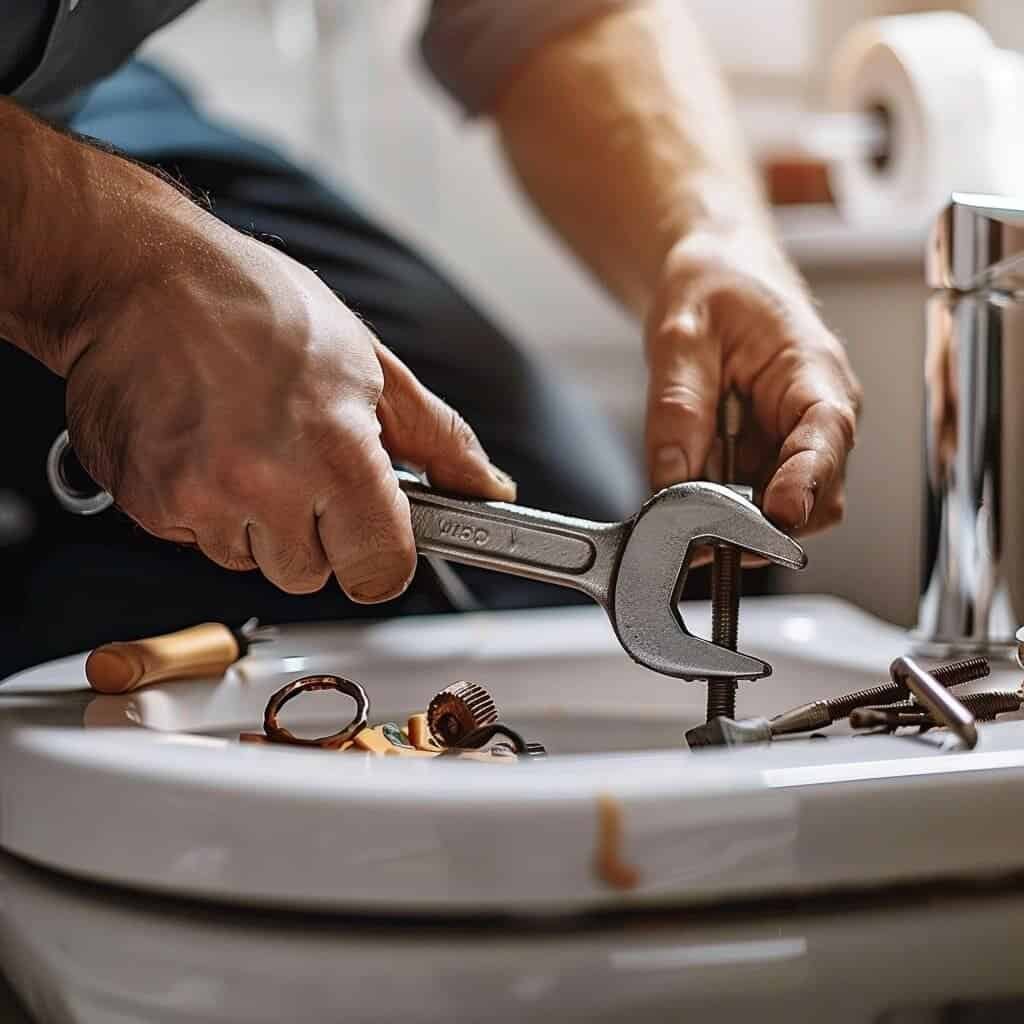
5.1 Regular Maintenance
Here are faucet maintenance tips to help you avoid more serious problems later on. Do a periodic check-up of your faucets and plumbing lines for any signs of corrosion or damage so that leaks don’t become severe.
Monitor the water pressure and ensure it’s always within the safe range. Regularly clean the faucet parts to prevent the accumulation of sediments and corrosion.
5.2 High-Quality Parts
Invest in high-quality replacement parts for your faucet to prevent aggravating an already troublesome state. Enjoy the benefits of compatible and long-wearing genuine quality replacement parts now.
Visit https://faucetu.com/ for a wide collection of durable and stylish faucet products and accessories.

Conclusion
Our good intention to help keep our leaky and dripping faucets from always in top condition is pointless if we don’t have the correct knowledge on how to take care of, diagnose, do preventive maintenance, and repair them.
By having a clear understanding of what causes leaks, we can do leaky faucet troubleshooting and save ourselves from unnecessary water wastage that hurts the pocket.
Faucet leaking Frequently Asked Questions:
Water coming out of your faucet spout even after you’ve turned it off could be due to an insufficient or damaged seat washer seal. Issues with the washer can be caused by toilet drain leaks.
Aside from defective parts, one common cause is an excessively strong water pressure. The strain it is causing the different areas of the faucet can lead to leaks.
After taking out the cartridge or steam, check the valves and sink for mineral build-up. Scrub them away with white vinegar and be amazed at how sparkling clean they are once more!




